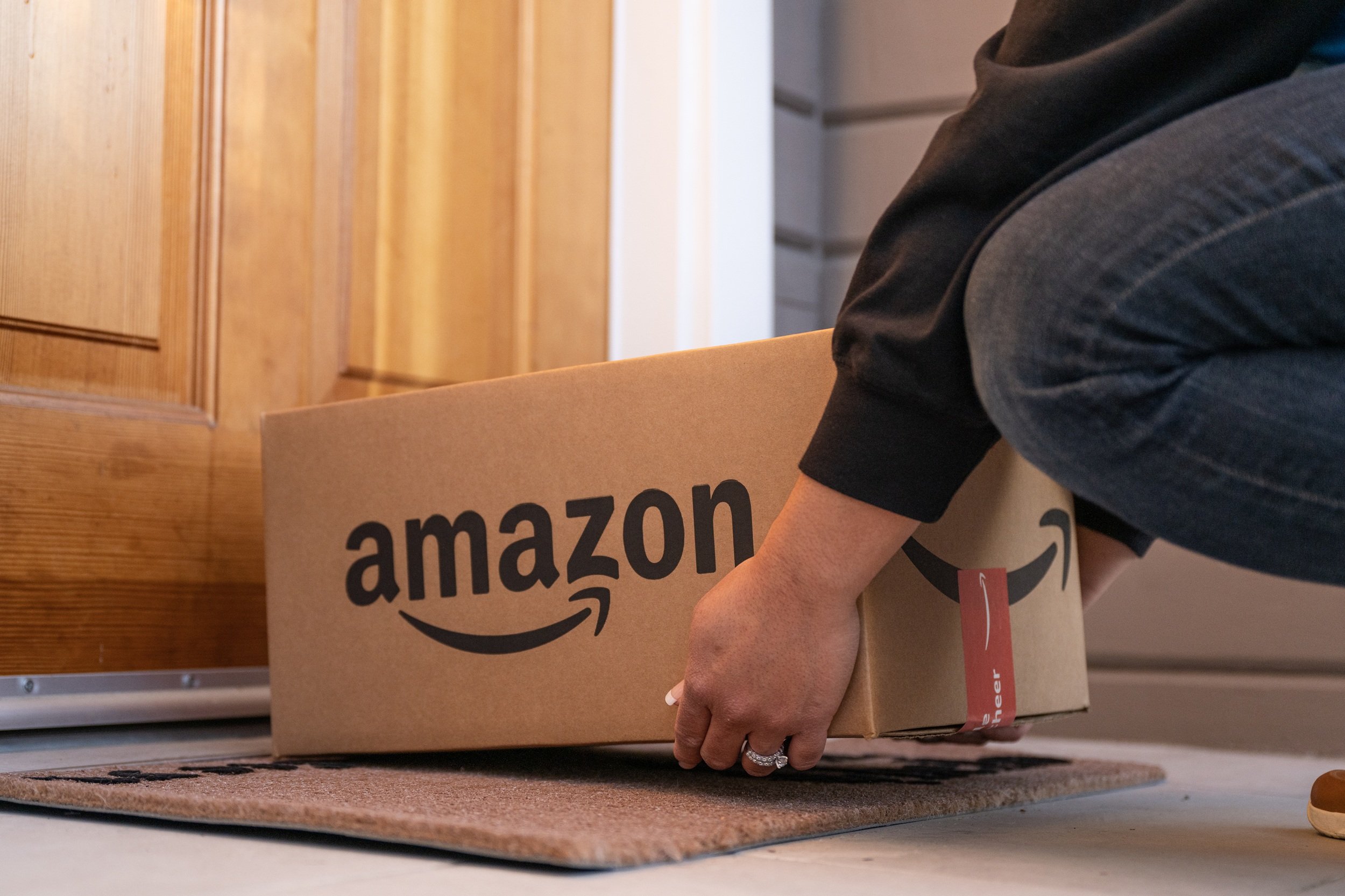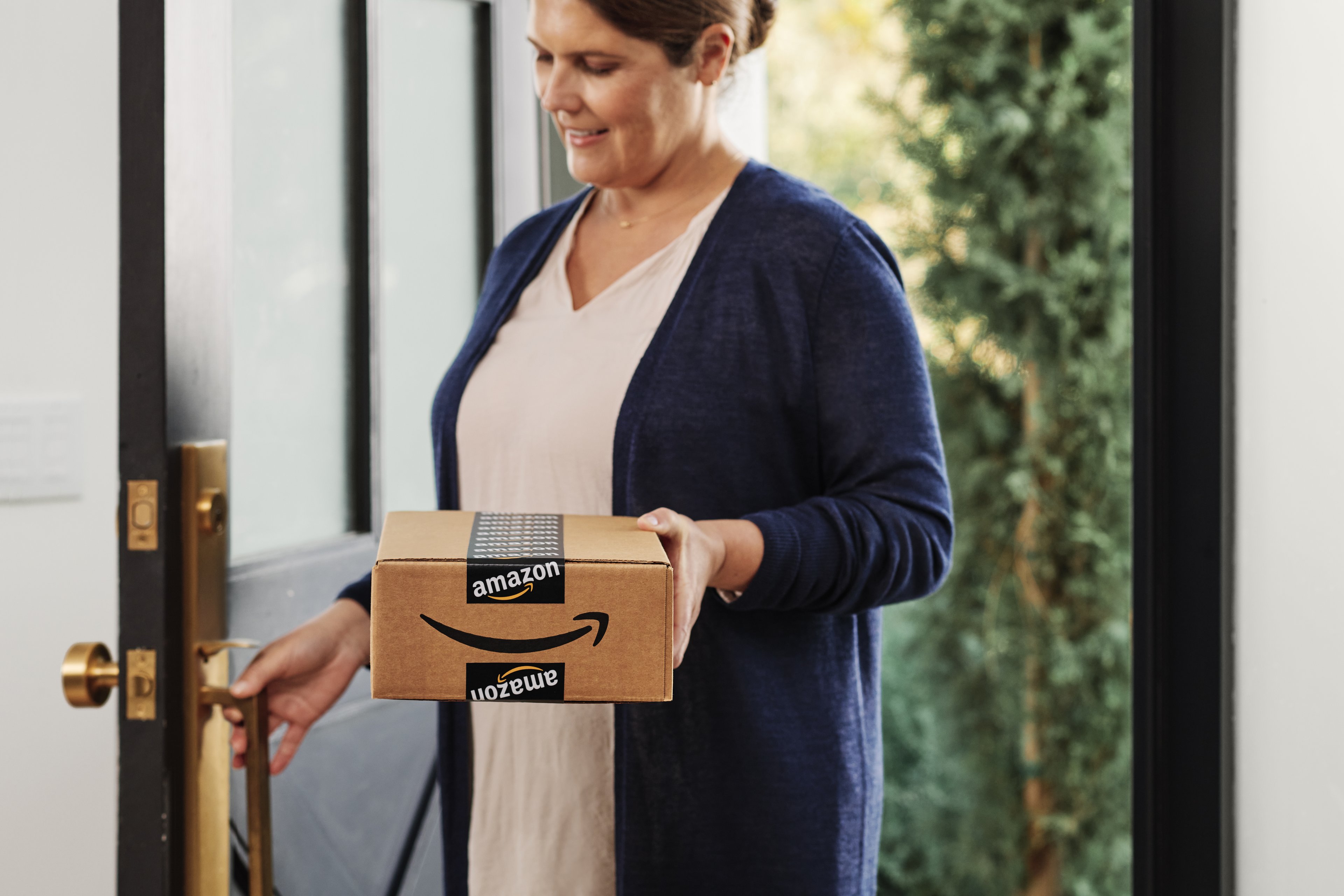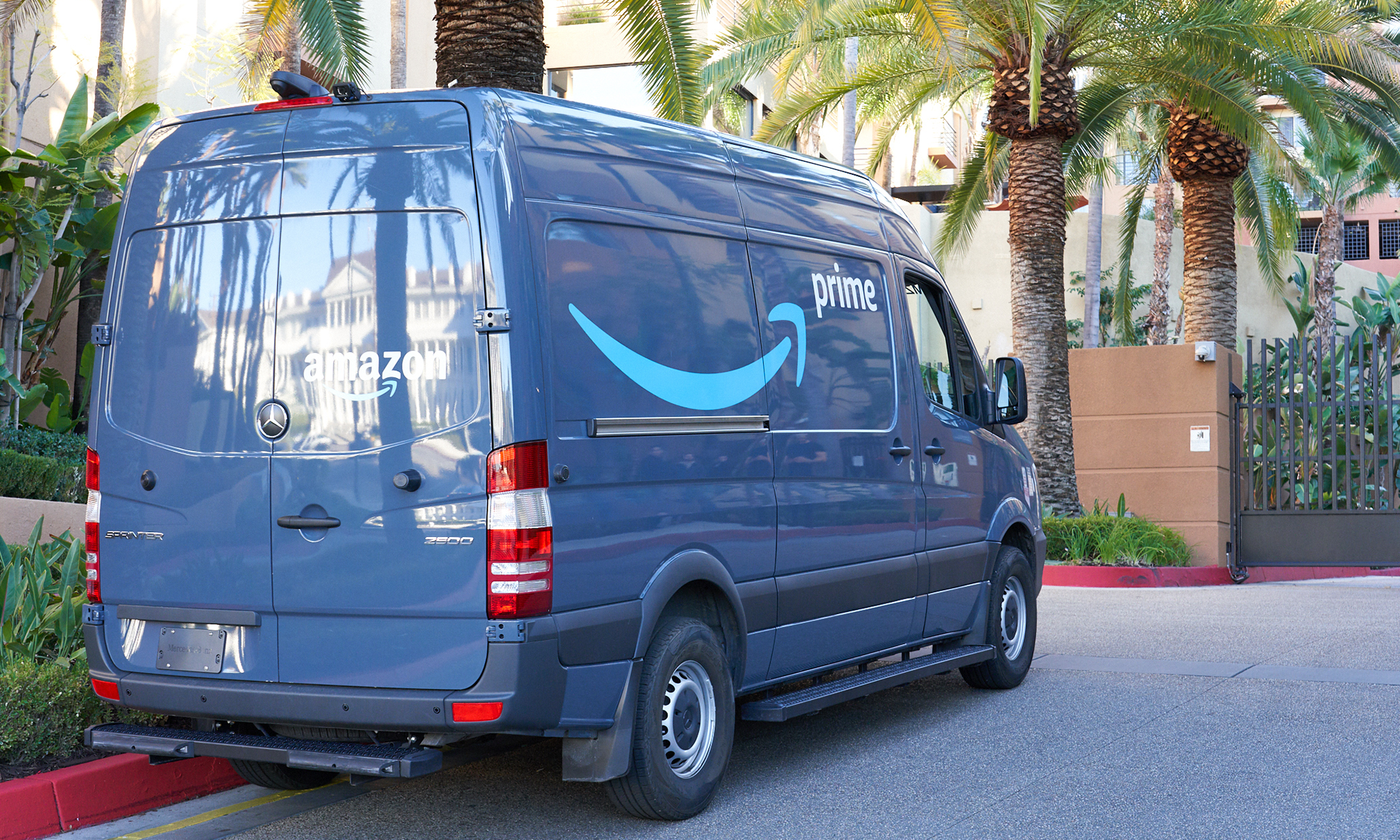Amazon (AMZN 0.76%) is really laying on the incentives for new hires as it battles other entry-level employers for employees amid the ongoing work shortage in the U.S.
All the new hires and increased compensation add up. Labor costs will climb about $4 billion year-over-year in the fourth quarter, according to Morgan Stanley analyst Brian Nowak. The increased expense led Nowak to lower his price target for the FAANG stock, but long-term investors should also recognize the benefits of Amazon's increased spending.

Image source: Amazon.
Amazon's hiring spree
Amazon's hired about 450,000 new workers since the start of the pandemic, and it's about to hire 125,000 more as it heads into the holiday shopping season.
Those new hires, mostly frontline warehouse and logistics workers, will start with an average pay greater than $18 an hour. That's a big step up from the $15 per hour minimum wage Amazon introduced in 2018.
Earlier this year, Amazon increased wages for 500,000 employees. It also announced plans to cover college tuition for 750,000 employees.
Nowak expects the average wage for logistics workers to climb from $18.82 over the previous nine months to $21.82 in the fourth quarter. He expects that to translate into a 50% increase in labor cost per unit compared to the fourth quarter last year.
Fueling growth
Increasing wages among the workforce ensures Amazon will be well-staffed in time for the holidays. With the ongoing labor shortage, it's essential Amazon offers better wages and benefits than competing retailers in order to maintain a competitive advantage during the biggest shopping period of the year.
Amazon expanded its fulfillment network footprint by 50% in 2020. It continued to invest in 2021 to connect all of its new warehouses, including things like sort centers, Amazon Air, and line haul trailers. And it's always hiring through its delivery service partners that take packages from delivery stations to customers' doors. Not to mention it officially opened its air hub in Cincinnati.
If Amazon didn't invest in more workers, it would have a lot of wasted assets operating at submaximal capacity. Amazon spent billions in capital expenditures building this network, and just because the cost of labor is increasing doesn't make it more efficient to hire fewer workers.
More importantly, Amazon should be able to offer better service to customers than competing retailers. As a result, Amazon will be able to provide better in-stock levels and keep its shipping times short, driving it to take market share once again this holiday season.
It can fuel Prime signups with its one-day and two-day shipping promises, and if it fulfills those orders as expected, it could translate more trial members into paid subscribers.
There are also long-term advantages to paying workers more. Amazon should see better employee retention rates with higher compensation. The offer to pay for college is an especially strong incentive for employees to stay on the job since it takes multiple years to earn a degree. That can be extremely valuable in a high-turnover industry.
While labor costs will rise for Amazon this year, investors can expect it to pay off with strong sales results in the fourth quarter, and pay off with longer-term benefits from increased efficiency and customer loyalty in 2022 and beyond.






